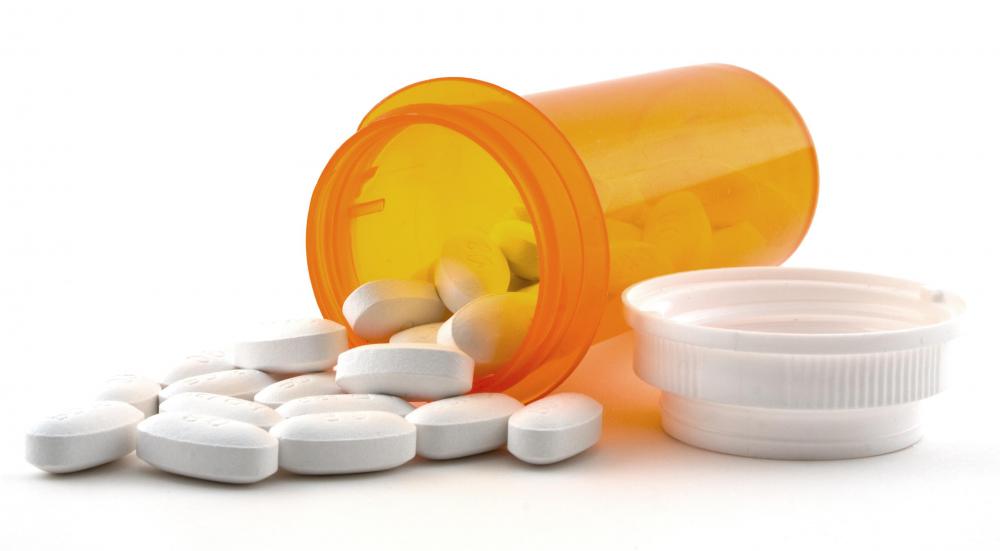At WiseGEEK, we're committed to delivering accurate, trustworthy information. Our expert-authored content is rigorously fact-checked and sourced from credible authorities. Discover how we uphold the highest standards in providing you with reliable knowledge.
What Are the Different Pseudomembranous Colitis Treatments?
Types of pseudomembranous colitis treatments include surgery and taking probiotics or an antibiotic effective against the bacteria causing the infection, usually C. difficile. This condition is usually caused by an antibiotic but may also be the result of chemotherapy or any other medication that upsets the balance of bacteria in a person’s gastrointestinal system. This can result in harmful bacteria proliferating, releasing toxins, and irritating the colon. Any pseudomembranous colitis treatments will begin by identifying the offending antibiotic, stopping that treatment, and starting a different antibiotic that targets the bacteria at fault. Some patients may need surgery, although these cases are rare.
Almost any antibiotic can disrupt the balance between helpful and harmful bacteria in a person’s gastrointestinal system. This is because an antibiotic is typically indiscriminate; it targets all bacteria in the body, not just the harmful types. If helpful bacteria are weakened, the harmful bacteria that were being kept in check can proliferate, releasing toxins that irritate the colon. As a result, the patient can experience diarrhea, abdominal cramps, and fever. Chemotherapy and some other medications may also cause pseudomembranous colitis.

When this condition develops, doctors usually consider two conventional pseudomembranous colitis treatments. The first step is to identify what medication or treatment may be causing the irritation and stopping it, if possible. Antibiotics like quinolones, penicillins, and cephalosporins are typical suspects. In many cases, stopping the offending treatment is enough to resolve the symptoms.

When stopping the medication is not enough, a doctor may suggest additional pseudomembranous colitis treatments. The next step is often to start taking an antibiotic that more effectively targets the harmful bacteria in the gastrointestinal system. Many cases of pseudomembranous colitis are caused by the bacterium C. difficile, so taking an antibiotic effective against it will allow the helpful bacteria to recover. It may seem counter-intuitive to treat a condition that was probably caused by an antibiotic with a different antibiotic, but the goal is to restore the balance between helpful and harmful bacteria in the patient’s digestive tract.
In some cases, initial pseudomembranous colitis treatments will not be effective. The symptoms will recur within a few months. These patients can consider an additional round or two of antibiotics or surgery. Surgery is a rare option, usually reserved for those with additional complications like organ failure or peritonitis. The surgical treatment for pseudomembranous colitis is partial colectomy.
In addition or alternative to the conventional pseudomembranous colitis treatments, patients can consider taking probiotics. Probiotics are concentrated doses of helpful bacteria that can help reestablish or strengthen the existing colonies in a person’s digestive system. A probiotic is usually taken orally in capsule or liquid form. Probiotics are also available naturally in some foods like yogurt.
AS FEATURED ON:
AS FEATURED ON:












Discuss this Article
Post your comments